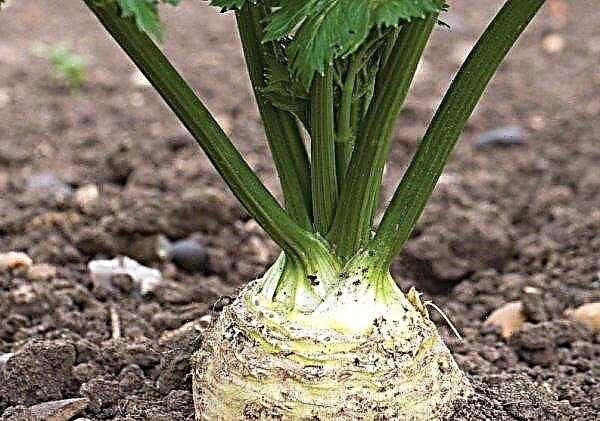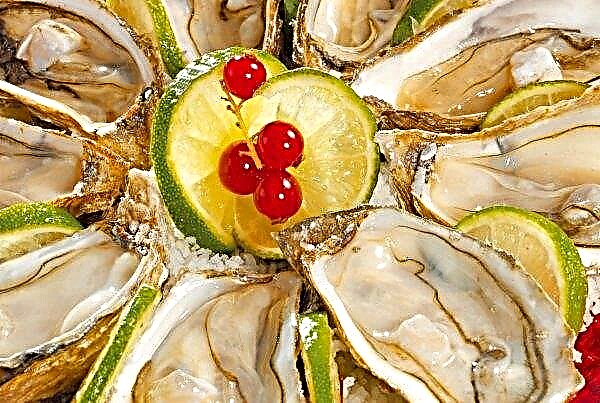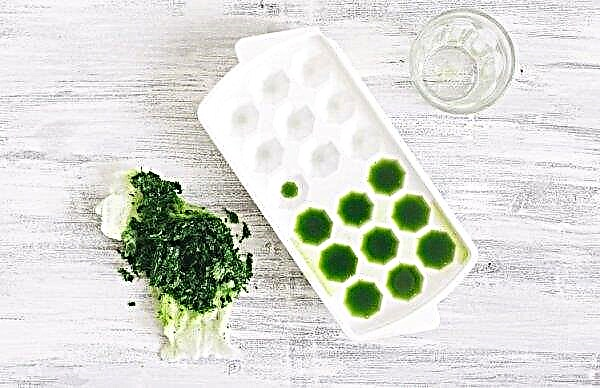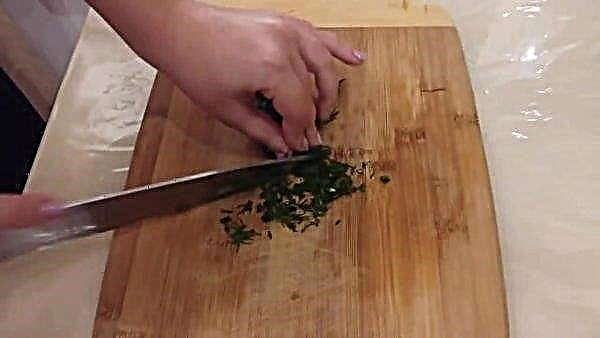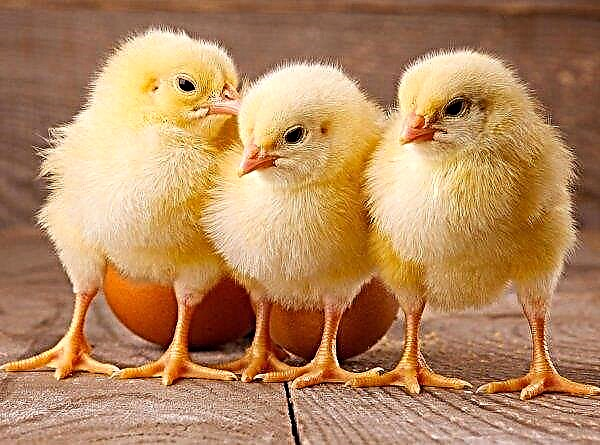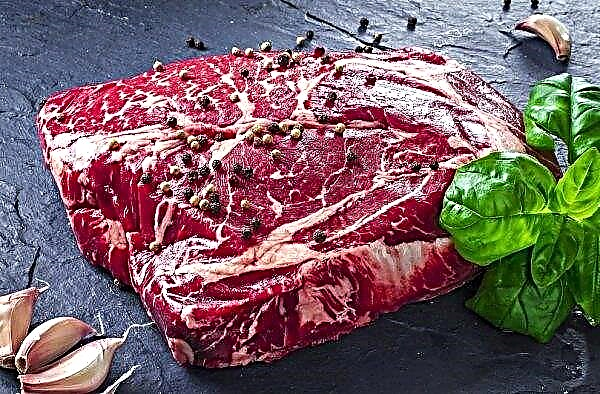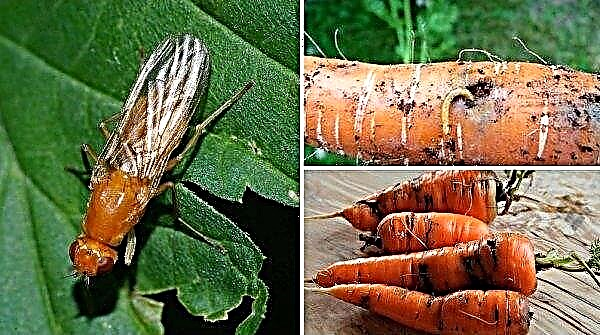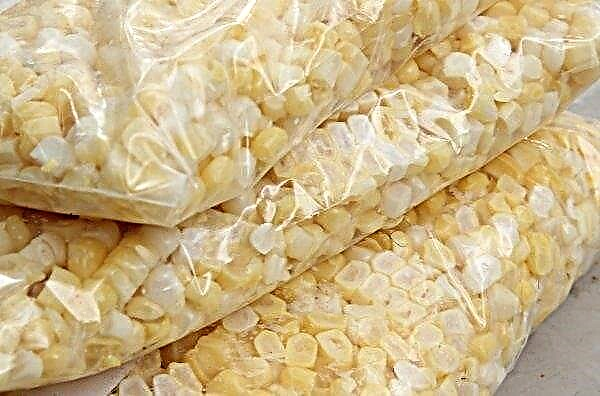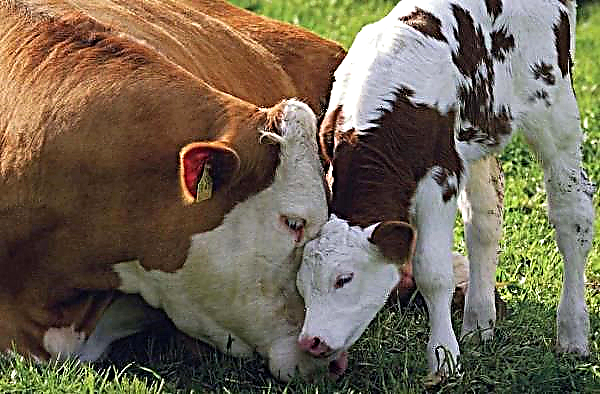Tying the vines to the supports is the most important technique in the agricultural technology of grapes. Without this procedure, the shoots will grow randomly, intertwining and forming dense thickets, which will negatively affect the yield and health of the crop. In what terms, on what and in what way is it better to tie up a vine? - You will find answers to all questions in the article below.
Why do you need to tie up grapes?
A grape plant is a flexible vine that just needs to cling to something in the growth process. If the support is not installed, she will find it herself, and at the same time she will reach up to the sun, and then the harvest will not please with plenty, and it will be difficult to remove it.
In addition, competent tying of shoots brings significant benefits to the plant:
- allows you to create a neat and beautiful vineyard;
- sets the vine to the desired direction;
- provides the full development of all kidneys;
- protects shoots from gusts of wind;
- reduces the risk of fungal infections due to ventilation of the foliage;
- promotes pollination of all inflorescences;
- clusters get more sun, therefore they ripen earlier and have a more saturated taste;
- planting care is facilitated.

When is the best time to tie up?
Work on tying up grapes should begin in early spring, immediately after the disclosure of shrubs. It is important not to miss the moment the juice begins to move. During this period, the vine becomes flexible, flexible and easily forms in the right direction. You need to finish the garter before the buds open - at the beginning of their growth they are too fragile and are easily damaged during the procedure. Also during the summer will need a few more garters, as new shoots grow.
Garter Methods
You can tie the grapes on any vertical support - trellis, trellis or net for plants. Also, small architectural structures can serve as a support for the vines: arbors, arches, various types of fencing. According to the seasonality of work, 2 types of garter are divided: dry and green.
Dry
The “dry” garter is called because all the manipulations are carried out with last year’s dry shoots, which still sleep after the winter. It is carried out at the beginning of the season and the further growth of the vine, as well as the formation of the future crop, depends on how well it is done. The procedure involves horizontal or fan mounting of shoots at the bottom of the support.
Schematically, it looks like this:
- Perennial woody shoots (sleeves) are carefully bent and fixed to the lowest wire row.
- Flexible shoots are mounted on the second tier at an angle of 45-60 °.
- The remaining knots, which will give an increase in young shoots later, are fixed on the grid at the bottom of the support.
Important! Before proceeding to dry garter, it is necessary to carry out sanitary pruning of grapes — remove all damaged and shrunken shoots during the winter.
With this method, the same conditions are created for the development of all kidneys, due to which it is possible to achieve good productivity.
Green
They engage in “green” garter in the summer, when young shoots grow to a length of 30–40 cm. In this case, it is recommended to fasten the vine vertically under a slight slope to provide maximum illumination and protection from the wind. Sewing needs to be done every time the liana grows to the top wire. It happens that for a season you have to do 3-4 garters, and additionally strengthen the shoots after adverse weather.
On trellis
The most convenient way to fix the vines is trellis. It is a structure consisting of a frame and a wire stretched in several tiers for tying lianas.
Advantages and disadvantages
- Almost all gardeners grow vineyards on trellises, as they see many advantages in this:
- the design significantly saves space on the site;
- it can be made from inexpensive materials at hand;
- It is easy to use;
- allows you to place several fruit sleeves at once;
- simplifies plant care and berry picking;
- the shoots are well ventilated and illuminated by the sun;
- bunches rather ripen;
- berries receive more heat and sun, which positively affects their taste and quality.
Did you know? In ancient times, the vine was planted near tall trees, which, under the shadow of shoots, dried out and served as a support for the plant. Ripen clusters hung on the edges of the branches, so harvesting was considered a very difficult and dangerous task.
Types of Trellis
For growing grapes, 2 types of vertical trellis are used:
- Single-plane. This is the most common option used in vineyards around the world. For its manufacture, iron pipes or wooden poles are used. A wire is stretched between the supports in several tiers. The bottom row is located at a height of 40–50 cm, all subsequent ones after 30–40 cm. The single-plane design can be made in different versions: with a visor, T-shaped, with a hanging growth. All these models allow you to increase the useful area of the structure and arrange a larger number of branches.

- Two-plane. The design consists of 2 simple trellis, mounted side by side, or connected at an angle at the base in the form of the letter V. This design has an advantage over the single-plane model, because it can accommodate more fruit links. In addition, being located at an angle, the vine is better illuminated and ventilated, however, it is more difficult to remove it from such a voluminous structure.

Basic Garter Rules
To preserve the vine in good condition and at the same time get the desired crop, you need to know some of the subtleties of the procedure:
- When laying the vines on the trellis, all branches should be brought out onto one, preferably sunny, side.
- During the garter, you can not twist strongly and sharply bend the shoots. All bends must be done carefully and smoothly so as not to disrupt the flow of nutrients to the upper eyes.
- Growing green shoots can not be tied to the highest internodes.
- Young shoots need strong fixation, since at the beginning of their growth they are very fragile, and can fray from slipping on the wire or breaking from the wind.
- The old woody vine is attached to the trellis horizontally, the young branches vertically, at a slight slope, withstanding an angle of about 60 °. With this arrangement, all the vines are well lit, and clusters are formed at the level of the belt, which makes it easier for the gardener to harvest.
- It is undesirable to tie branches in a strictly vertical direction. This leads to poor development of the lower ocelli and excessive exposure of fruiting links at the base.
- You need to ensure that the vines are not too crowded, otherwise not all inflorescences are pollinated, and fewer berries will be planted. In one bunch no more than 2 shoots are allowed.
Important! Do not overtighten the vine during the garter. This leads not only to damage to the shoots, but also to malnutrition of the entire bush.
Garter Features
The technique of tying young grapes and adult bushes has significant differences. Consider the features of the garter:
Young grapes in the first year
Young annual seedlings are tied to pegs using strips of fabric or polyethylene. When the shoots grow to 30 cm, it is advisable to install a light grid or trellis net. Best for this is a grid for cucumbers, which is attached to a low frame of 2 vertically dug columns.
Such nets are sold in garden stores. They are made from strong polymer fibers and are ideal for young grapes. You can make them yourself from rope, twine, but it’s more convenient to buy a finished fabric, since crocheting or weaving it manually, without skills, is quite difficult.
Adult bush
For adult bushes older than 2 years, a reliable and stable support in the form of a trellis is required. The structure can be made independently from 2 columns 2.5–3 m high and 10–15 cm thick. Not too thin galvanized wire will also be needed.
The support posts need to be dug at a distance of 2.5–3 m, then several wire rows should be pulled between them. The bottom row is fixed at a height of 40 cm from the ground, the rest - every 30–40 cm. The stiffened vine is tied to the bottom row. As the shoots grow, young branches will appear, which should be attached to the upper rows of the wire.
Is it possible to grow without garter
Undoubtedly, on the trellis, the vine grows and bears fruit better than without it. However, in the agricultural technology of grapes, a method of cultivation without a garter is allowed. In this case, only one support is used in the form of a strap, or a pair of cross-welded corners. At the beginning of the season, the vine is carefully thrown over the top and is not tied with anything. Before the winter shelter, it is removed and laid on an earthen surface. So that the bush does not need to be tied up, it is formed in a special way, in which no more than 2-3 fruit links remain.
Did you know? Bushes of some grape varieties can grow and bear fruit for up to 100 years, and the older the plant, the more crop it brings.
Useful Tips
For beginners, the following tips may come in handy:
- You can not use a garter line or a thin rope. Shreds of fabric, polyethylene, nylon tights or natural materials: soaked kenaf, willow shoots are best suited. In exceptional cases, wire may be used to secure the main vine.
- To ensure that the vine is more firmly fixed and does not rub against the trellis, it is recommended to perform the garter with the “eight”, passing the material between the shoot and the wire.
- The use of a garter rope and special tools for viticulture will greatly simplify the work of a novice gardener and turn it into an exciting activity.
Video: How and how to tie a vine
Tying the shoots is the main activity in the care of grapes. This procedure allows you to regulate the growth and direction of the vine, maintain it in a healthy state and get good yields. In addition, the trellis, braided by emerald greenery, creates a pleasant shadow and decorates the site.




